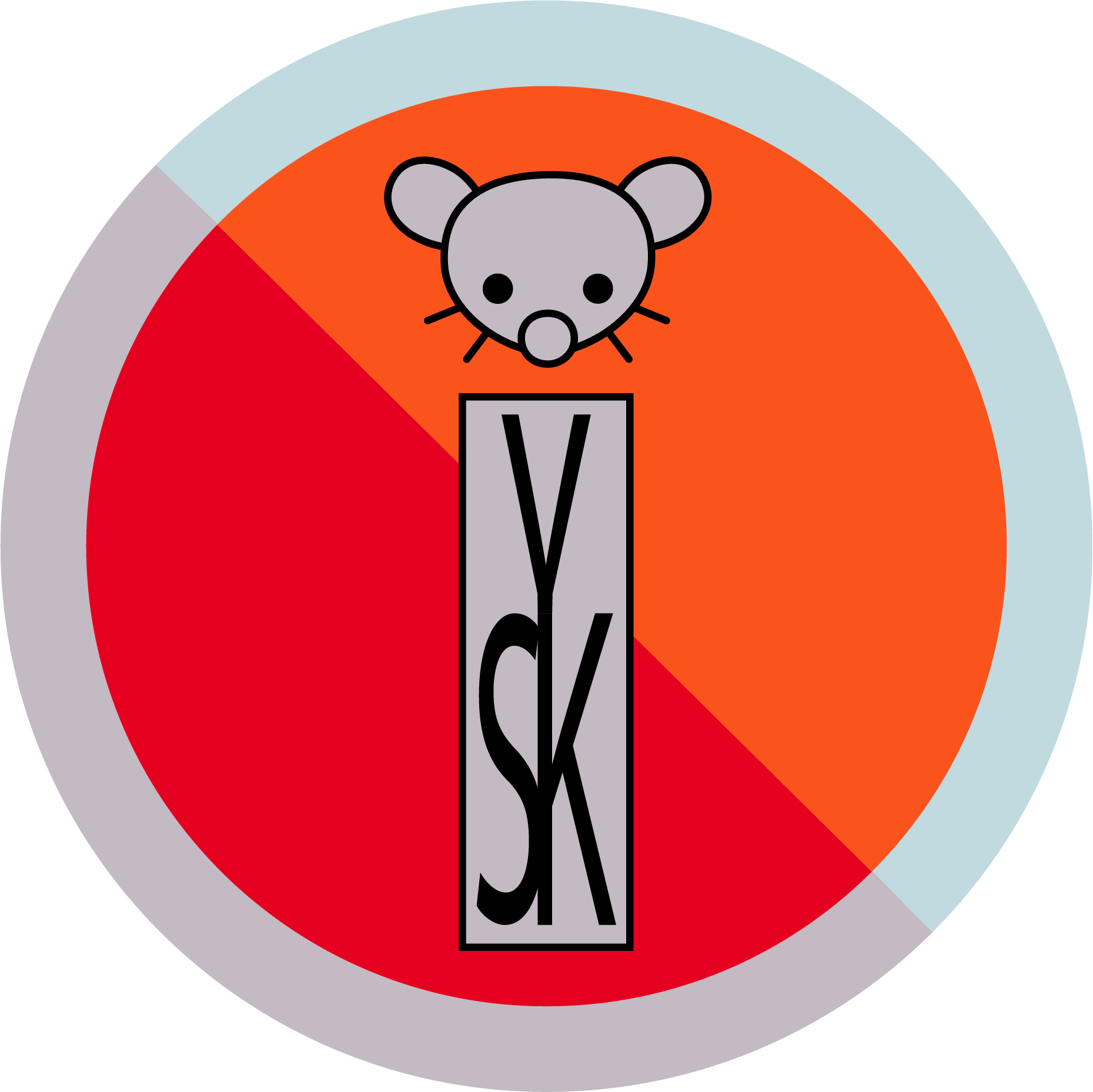

Only if they consent :3
(but also probably not great in terms of infection risk either)


Only if they consent :3
(but also probably not great in terms of infection risk either)


That’s what people claim, but the research on it suggests it does not do any better for tear gas or pepper spray. Here’s one study looking at pepper spray for instance:
In this study, there was no significant difference in pain relief provided by five different treatment regimens. [Water vs milk vs 3 other solutions] Time after exposure appeared to be the best predictor for decrease in pain.
https://pubmed.ncbi.nlm.nih.gov/18924005/
EDIT: Also worth noting that in terms of infection risk, bird flu is now in a large number of dairy samples and it appears like it transmit to humans through the eyes in particular (or at least be one of its transmission pathways).
The workers were most likely exposed to the virus in contaminated milk—by getting it on their hands and then touching their eyes
https://www.scientificamerican.com/article/why-bird-flu-is-causing-eye-infections-in-dairy-workers/
Some types of pasteurization (flash pasteurization) might not fully get rid of all of the virus. So for even just bird flu alone, its likely more of a risk than it probably was in the past


I would think that alcohol on the eyes wouldn’t do too many good things to them, however


One of the studied things was using antacids in that pepper spray study and didn’t find much benfit for it for pepper spray. There currently doesn’t really seem to much that research confirm works any better than any other liquid over the eyes


From what I’ve been told, it takes large amounts of any fluid to get it to go away. One difference you may have observed with milk was that it was cooled vs room temperature water. Cooled water can have similar effects compared to cool milk
Or the time factor itself since it was the second thing used


Don’t use dairy milk for tear gas. Comes with infection risks. Water or saline is generally recommended instead. Plant-milks might be ok (but I’m not 100% sure)
That means bacteria can contaminate the milk and potentially cause infection if applied to eyes or skin wounds. Jordt says it’s better to use water or saline solutions to wash out eyes after a tear-gas attack.
EDIT: accidentally pasted the wrong link earlier somehow, fixed now


Never is a strong word when that’s just not true
An animal model of spontaneous exclusive homosexuality has however been described in sheep. About 8% of the males in a population studied in the western United States were shown to mate exclusively with other males, even when the choice was given between a male or female partner (Perkins and Roselli, 2007; Roselli et al., 2011b).
We cannot afford to do one before the other. We’re need to do both
To have any hope of meeting the central goal of the Paris Agreement, which is to limit global warming to 2°C or less, our carbon emissions must be reduced considerably, including those coming from agriculture. Clark et al. show that even if fossil fuel emissions were eliminated immediately, emissions from the global food system alone would make it impossible to limit warming to 1.5°C and difficult even to realize the 2°C target. Thus, major changes in how food is produced are needed if we want to meet the goals of the Paris Agreement.
(emphasis mine)


I believe the diference between the two claims may be due to controlling for height in one of the findings that they don’t correlate to athleticism and not in the other
Reading some more scientific literature, I think they probably read that it was associated with muscle mass (due being associated with height which wasn’t controled for). Controling for height makes the association go away
They are basing it off of different reports between those claims


Did you read the original study here at all?


Worth highlighting this part of the article since I’ve seen a number of people falsely claiming the opposite on lemmy.world lately:
Transgender women’s bone density was found to be equivalent to that of cisgender women, which is linked to muscle strength.
And this is not the first study showing this same trend
Similar findings have been echoed in previous reporting. According to a recent report that generated an in-depth review of all English-language scientific literature (published between 2011-2021) about transgender (trans) women athlete participation in elite sport, several key conclusions coincide with findings from the IOC funded study


However it’s often used in the context of already existing systematic issues. The bunch has already spoiled


They used stickers. I doubt it’s super permanent by intention


Quite a range of things. It’s so many It’s hard to list them all. Some of these are more global than others:
Eyestalk ablation is the removal of one (unilateral) or both (bilateral) eyestalks from a crustacean. It is routinely practiced on female shrimps (or female prawns) in almost every marine shrimp maturation or reproduction facility in the world, both research and commercial.
https://en.wikipedia.org/wiki/Eyestalk_ablation
Chick culling or unwanted chick killing is the process of separating and killing unwanted (male and unhealthy female) chicks for which the intensive animal farming industry has no use. It occurs in all industrialised egg production, whether free range, organic, or battery cage.
https://en.wikipedia.org/wiki/Chick_culling
A gestation crate, also known as a sow stall, is a metal enclosure in which a farmed sow used for breeding may be kept during pregnancy.[1][2][3] A standard crate measures 6.6 ft x 2.0 ft (2 m x 60 cm).[4][5]
[…]
There were 5.36 million breeding sows in the United States as of 2016, out of a total of 50.1 million pigs.[8] Most pregnant sows in the US are kept in gestation crates.
https://en.wikipedia.org/wiki/Gestation_crate
Ventilation shutdown (VSD) is a means to kill livestock by suffocation and heat stroke in which airways to the building in which the livestock are kept are cut off. It is used for mass killing — usually to prevent the spread of diseases such as avian influenza. Animal rights organizations have called the practice unethical.


Marium webster has a good article about the history of the misappropriation of the phrase
https://www.merriam-webster.com/wordplay/one-bad-apple-spoil-the-barrel-metaphor-phrase


The tricky part will be enforcing it. Illegal fishing is rampant all around the world because enforcing things at sea is rather difficult. 1 in 5 fish are illegal caught


In most species, bird flu is both highly infectious and very deadly. A disease being very infectious can make up for its lethality
It seems I shitposted too close to the shit


A good place to start is by changing consumption levels as not doing doing so would make things much harder. It’d be difficult to maintain current consumption levels with slow-growing birds as it’d require a much larger number of chickens to be slaughtered
Maintaining this level of consumption entirely with a slower-growing breed would require a 44.6%–86.8% larger population of chickens and a 19.2%–27.2% higher annual slaughter rate, relative to the current demographics of primarily ‘Ross 308’ chickens that are slaughtered at a rate of 9.25 billion per year.
[…]
In sum, without a drastic reduction in consumption, switching to alternative breeds will lead to a substantial increase in the number of individuals killed each year, an untenable increase in land use, and a possible decrease in aggregate chicken welfare at the country-level scale
https://royalsocietypublishing.org/doi/full/10.1098/rsos.210478#d1e265
There are perceptional reasons why it may feel like milk worked better such as it being cooled vs using room temperature water. Or from being the second thing used. Or from various different factors
But the research above suggests it doesn’t do as much as people think it does
The infection risks are not the same. Milk has stuff in it that microbes like for growing where water doesn’t have nearly all that. Other stuff can enter inside. The eye infection pathway is concerning especially right now when bird flu seems to enter that way and is in large quatities of dairy milk. Not all pasturization methods are certain to actually remove it (i.e flash pasturization might not)
Edit: A minor point to clarify, capsaicin is in pepper spray but not tear gas. They often do get conflated but they are different